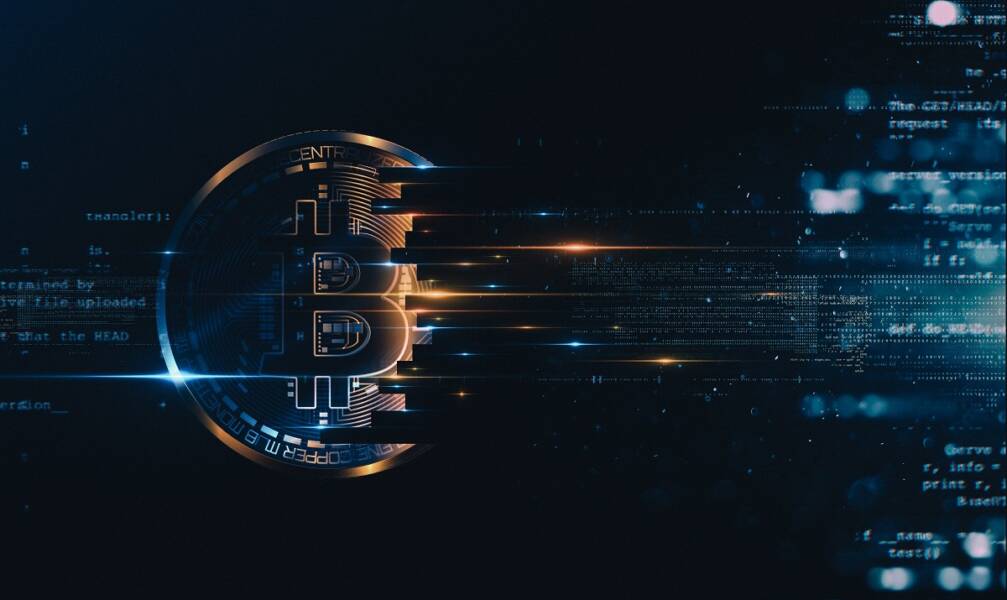Blockchain represents a sizeable change in paradigm. The world will move from trusted centralised human systems to decentralised networks in a matter of a few years. The change has already started. Meanwhile, the IoT technology market is expected to grow at a CAGR of 32.4% between 2016 and 2022. By 2020 there will be 34 billion devices connected to the internet, up from 10 billion in 2015. Blockchain will sit behind this technology as a distributed ledger.

Blockchain is starting to show that it is the real deal, and that it offers the much-needed trust protocol. This has led to leaders in the finance industry and in governments worldwide considering how it can be used in solutions to scale, and the benefits it can bring if adopted. Progress is forthcoming, but issues remain.
For example, some questions arise when considering possible applications. One is how to manage centralised – decentralised IoT Blockchain AI Tech with effectiveness and security. This is especially problematic given that only 30% of organisations feel ready to deal with IoT security risks. IoT attacks could lead to control being taken – for example over door locks and lighting systems. Information can also be stolen and hackers could find out where individuals are. Services can also be disrupted via IoT attacks – even attacks such as those on pacemakers could be possible. Blockchain could offer security benefits for IoT. The two could be distilled together, but it is critical to overcome technological complexities to deliver such an ecosystem. If this could be leveraged it would be beneficial as blockchain enables a tremendous level of trust brought about through the decentralised database. This trust is deep and on a global level.
Yet questions remain about the potential for IoT blockchain. One issue is the massive power that peer to peer IoT blockchain driven organisations will have, even more so than governments. Another question arises over who controls the data, and how digital identity ledgers would be managed. There are questions about how hacking could create financial or political disruption – such as that seen with Trump’s election and the Brexit vote, but potentially on a much bigger scale. Further, questions are posed about how blockchain IoT thought leadership groups could support one another and how this could be managed effectively. There is plenty to be considered when thinking about how blockchain and IoT can support one another and much to do to progress in this area, yet the potential could be incredible.
TechnologyHQ is a platform about business insights, tech, 4IR, digital transformation, AI, Blockchain, Cybersecurity, and social media for businesses.
We manage social media groups with more than 200,000 members with almost 100% engagement.










































